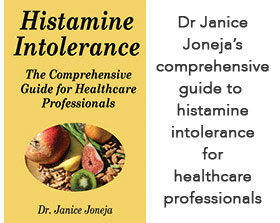Members of the US Food Allergy and Anaphylaxis Network have expressed concern about information on the internet that highlights ‘the role that soy plays in the development of peanut allergy’ and contains the following statements, ‘…a child with
a peanut allergy can have an allergic reaction after eating a food that
contains soy, according to the Mayo Clinic…’ and ‘If your child is allergic to peanuts, you should consider eliminating soy as well as peanut from your child’s diet, even if your child has never reacted to soy poorly in the past.’
FAAN consulted its Medical Advisory Board, who offered the
following information and guidance:
The information in question does not appear to have been reviewed and approved by scientists who specialise in food allergy. Additionally, one of the statements is attributed to the Mayo Clinic, but the referenced citation makes no mention of soy causing reactions in peanut allergic subjects.
There is a study that refutes the assertion that peanut allergy is associated with the intake of soy milk or a soy formula. Klemola et al studied the development of IgE antibodies specific to soy and peanuts and of allergic reactions caused by peanuts, in children with
confirmed allergy to cow’s milk who were fed either a soy formula or an
extensively hydrolysed formula.
The study concluded that the use of a soy formula during the first two years of life did not increase the risk of development of peanut-specific IgE antibodies or of clinical peanut allergy. (Pediatr Allergy Immunol. 2005 Dec; 16(8): 641-6)
Much of the world’s population safely uses soy. In Asian countries, where the incidence of peanut allergy is very low, soy is used extensively.
The majority of individuals with peanut allergy tolerate ingestion of soy quite well. Peanut avoidance diets can be quite challenging, but soy avoidance diets are even more so. Adoption of a soy avoidance diet without the advice of your doctor is not recommended.
Courtesy of the Food Allergy and Anaphylaxis Network
First published in January 2008
Click here for more research reports
Top of page |










